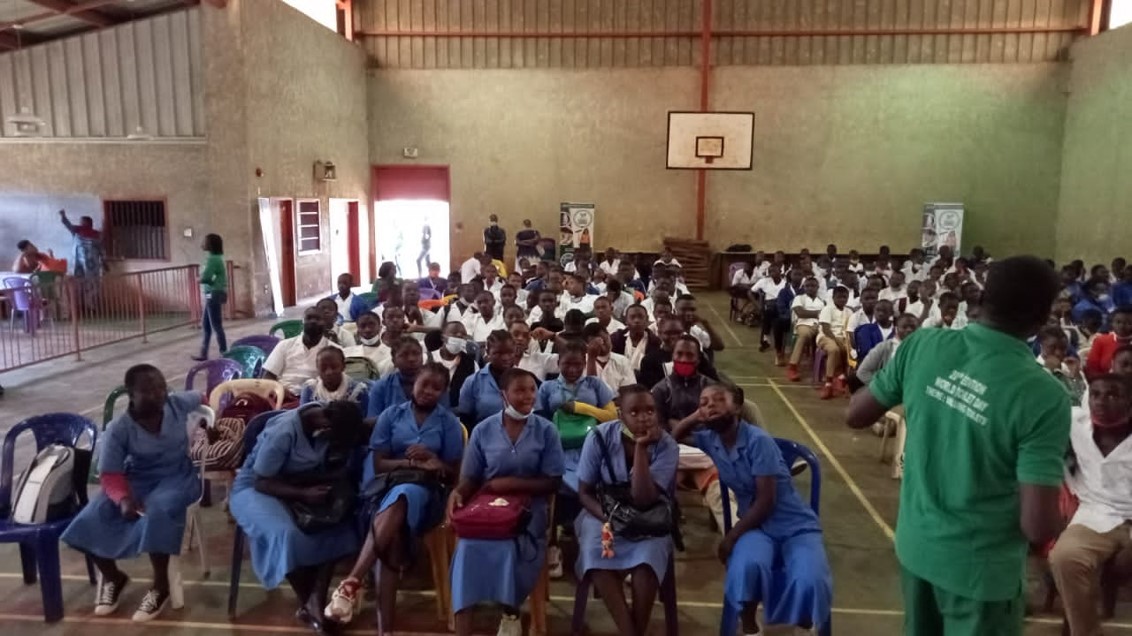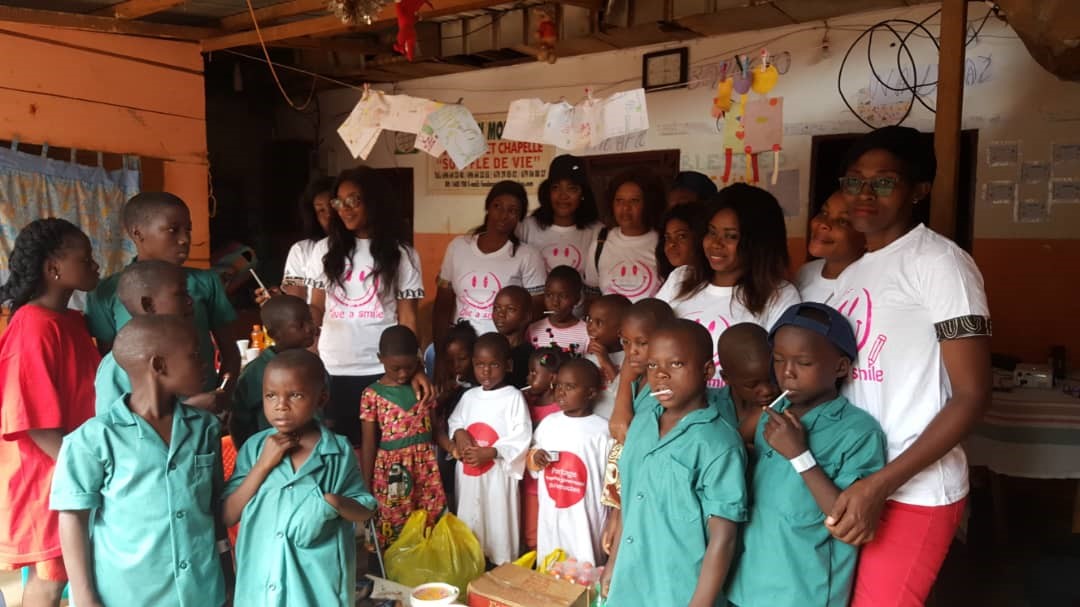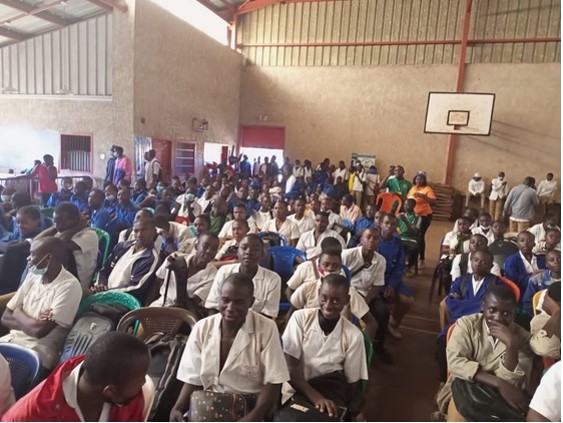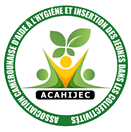ÉRIGÉE EN BRIGADE ANTI INSALUBRITÉ OU PAIRS ÉDUCATEURS, ACAHIJEC A ORIENTÉ SES MISSIONS VERS DEUX TYPES DE CIBLES :
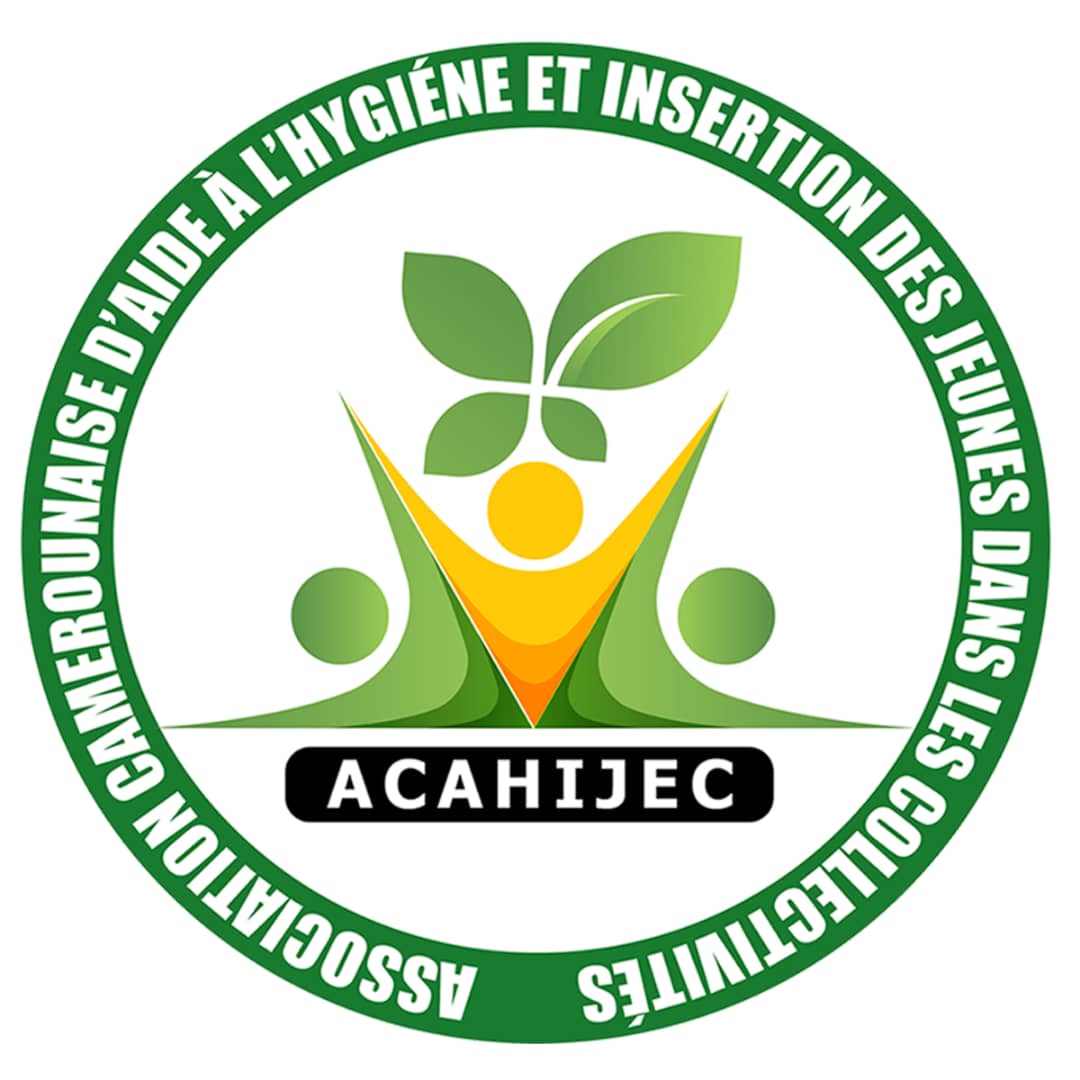
A- LES COMMUNAUTÉS
En direction du Grand Public, notre mission s’articule autour de plusieurs axes majeurs:
- Promouvoir et inculquer les bonnes pratiques des règles d'hygiène aux populations ;
- Contribuer à l'éducation de la communauté à la bonne gestion des ordures ménagères ;
- Promouvoir le volontariat au sein de la société ;
- Lutter contre les inondations par le biais des actions visant à promouvoir l'hygiène et l'assainissement de l’environnement ;
- Promouvoir le patriotisme ;
- Former les jeunes dans les métiers de l’hygiène et de la propreté et favoriser leur insertion socioprofessionnelle ;
- Assister les ménages dans la pré collecte de leurs déchets ;
- Encourager les initiatives innovantes dans le secteur de l'hygiène ;
- Contribuer au développement et à l'épanouissement de ses adhérents ;
- La pré collecte des ordures ;
- Le tri des déchets ;
- Nettoyage des espaces verts de loisir ;
- Nettoyage des stades.
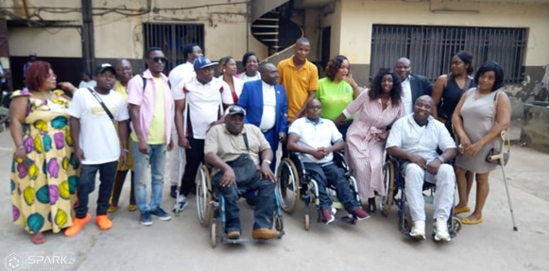

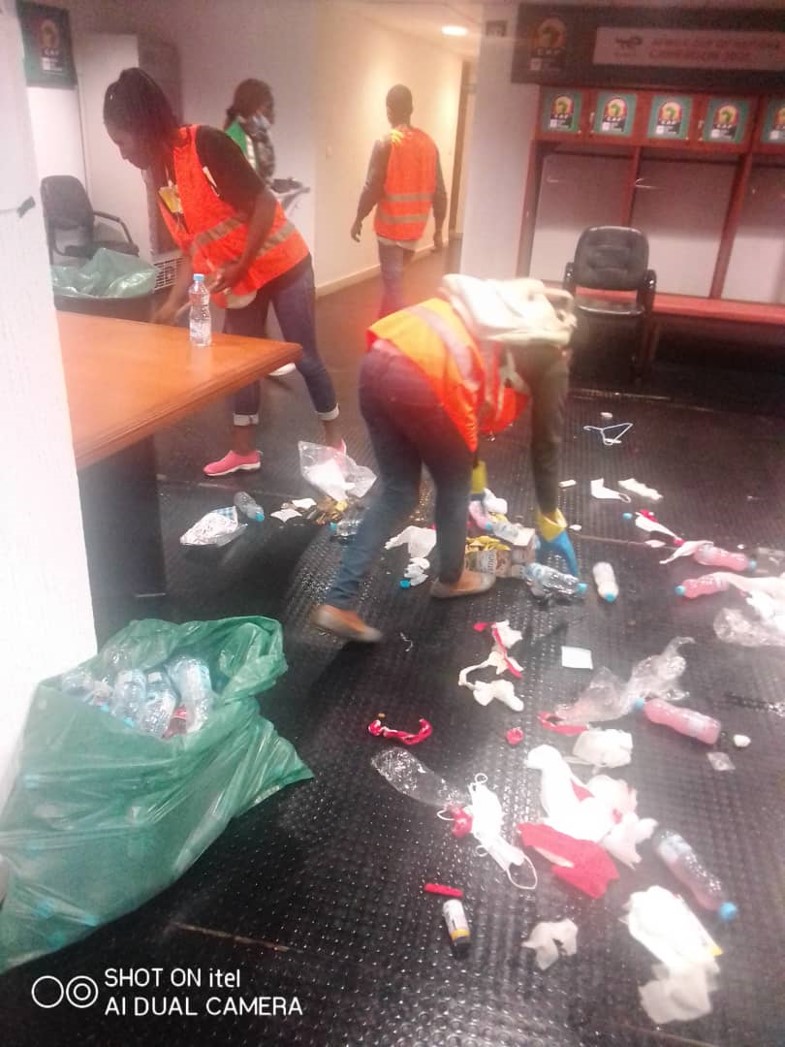
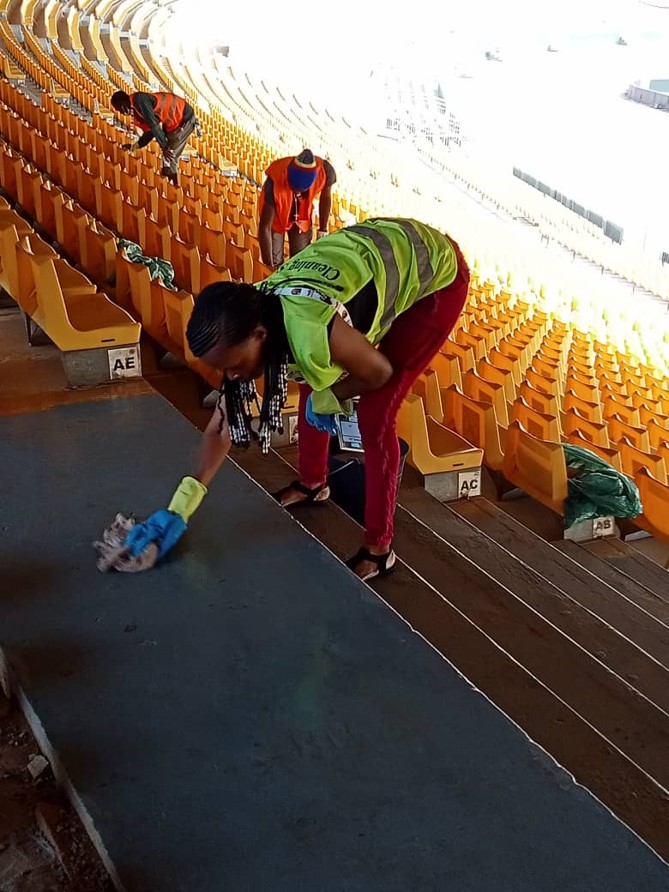
- Prévoir un minimum nécessaire pour les soins d'hygiène quotidien des enfants tels le papier toilette, les gants, les bottes et les produits d'entretien;
- Surveillez les activités des élèves dans ou autour des toilettes afin d'éviter la consommation de stupéfiant, les jeux du hasard, le harcèlement sexuel et autres violences de toutes sortes ;
- Veiller au respect des bonnes règles d'hygiène avant, pendant et après l'utilisation des toilettes;
- Donner des conseils aux filles sur leur hygiène corporelle et menstruelle afin d'éviter le bouchage permanent des toilettes;
- Soutenir les établissements scolaires dans la réhabilitation et la rénovation des toilettes, la vidange des fosses et le débouchage des toilettes;
- Former en permanence les nettoyeurs au travers d'ateliers et des séminaires afin de s'assurer qu'ils comprennent la vision de l'école propre et ne pas s'égarer dans leur mission dans chaque établissement.
